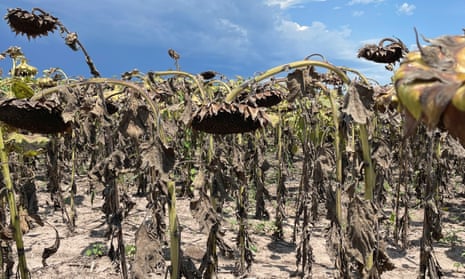There has been keen interest over recent weeks in the much-anticipated sudden stratospheric warming (SSW) event, which only began this week but is now well under way. The SSW phenomenon is linked to the polar vortex, an area of low pressure across the North Pole that forms within the stratosphere during autumn, as temperatures plummet in the absence of solar radiation.
SSW events are very common and occur two in every three winters. It remains unclear how climate change will affect these events in the future. As the vortex develops during autumn and into winter, westerly stratospheric winds increase in strength. But in the event of a SSW episode, stratospheric temperatures rise rapidly in the space of only a few days, leading to the weakening or even reversal of these winds. The zonal mean winds at 10hPa pressure – about 30km high – turned to an easterly direction on 15 Wednesday February, significantly displacing the polar vortex away from the North Pole. The vortex and zonal winds are forecast to stay much weaker than normal for the remainder of February and into the first half of March.
The consequences of this warming will spread slowly into the troposphere and can, over time, disrupt the jet stream that influences our weather on the surface. A weakened jet stream can help in the development of large “blocking” areas of high pressure. Should high pressure build across Scandinavia, it can feed very cold polar air from the east into western Europe and towards the UK. However, it is important to note that not all SSW events are the same, and not all will lead to cold conditions in Europe. The eventual effects of such SSW events are not usually experienced until two to three weeks after they begin.
Meanwhile, intense heat affected large parts of Argentina during the first half of February, in what was the country’s eighth heatwave this summer. This followed the warmest November to January period since 1961, with the National Meteorological Service of Argentina reporting that average temperatures were 1.7C higher than normal.
after newsletter promotion
At the start of February, the highest temperatures were located in the Patagonia region in southern Argentina, but they gradually extended northwards from 9 February. At least 27 cities broke temperature records during the latest spell. On 12 February, temperatures peaked at 38.1C in the capital, Buenos Aires, the highest February temperature since 1983. An uncomfortable overnight minimum temperature of 28.5C was observed in the city on the same date, breaking the previous February record set in 1970.
